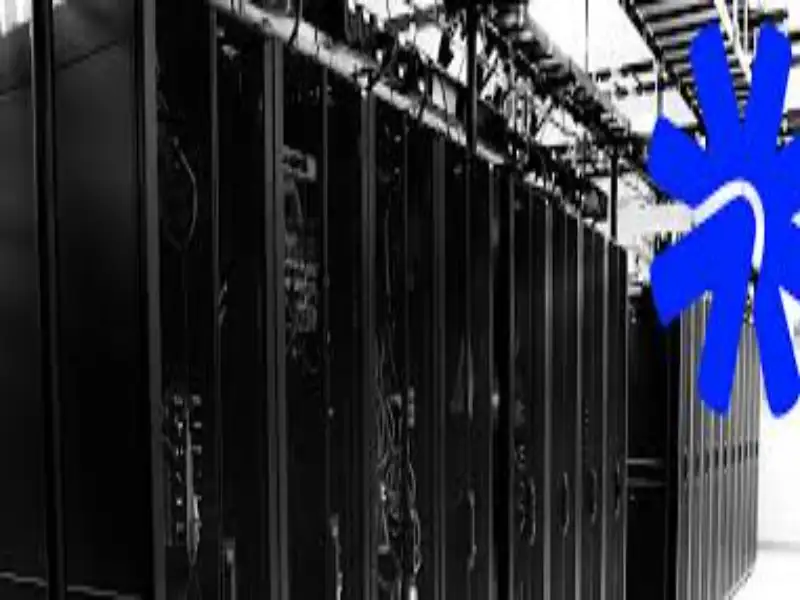• US Signal is adding 3 MW of power in Detroit and 6 MW in Des Moines, along with 1,000+ miles of ultra-dense fibre, to support AI and edge workloads.
• The upgrades aim to meet the growing needs of high-density compute and latency-sensitive applications, strengthening infrastructure across the Midwest.
What happened: US Signal expands Detroit and Des Moines facilities to support AI demand
US Signal has unveiled a major infrastructure upgrade, centred on its Detroit Metro and Des Moines data centres, alongside a substantial fibre-optic expansion. The Detroit site will receive a 3 MW increase in commercial power, while Des Moines will gain an additional 6 MW—both upgrades aimed at handling high-density compute operations. Simultaneously, the company is deploying over 1,000 miles of ultra-dense fibre and conduit across key U.S. corridors.
These investments form part of a broader US Signal strategy to build a national platform optimised for artificial intelligence, cloud and edge computing workloads. Supported by Igneo Infrastructure Partners, the rollout includes new micro-edge centres designed to enhance fibre regeneration and deliver low-latency connectivity for distributed systems.
Also read: Vantage Data Centers names Ophir Rahmani COO to lead growth
Also read: Mega Host World: Shaping the future of data center services
Why it’s important
By significantly boosting power capacity and fibre infrastructure in Detroit and Des Moines, US Signal is gearing its network towards the rising demands of AI and cloud applications. These markets require power-intensive and latency-sensitive operations—particularly real-time inference and edge computing. The update positions US Signal to support high-performance workloads that many existing facilities struggle to handle.
The fibre backbone expansion also addresses gaps in network density and connectivity across underserved U.S. regions, helping bridge the divide in infrastructure needed for scalable AI deployment. The investment reflects the strategic pressure on service providers to enable distributed computing models, though its success will depend on adoption by hyperscalers and enterprise clients.

